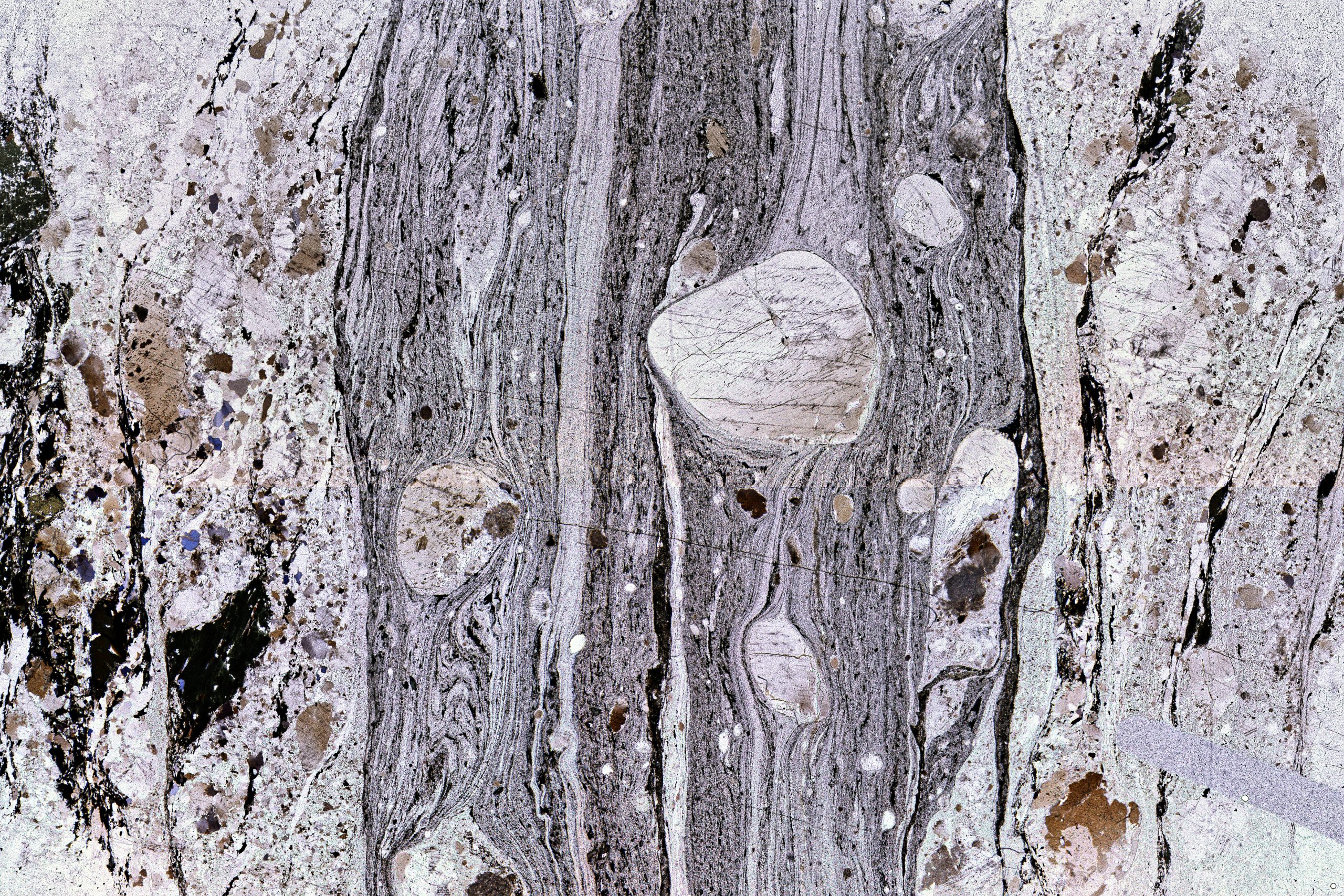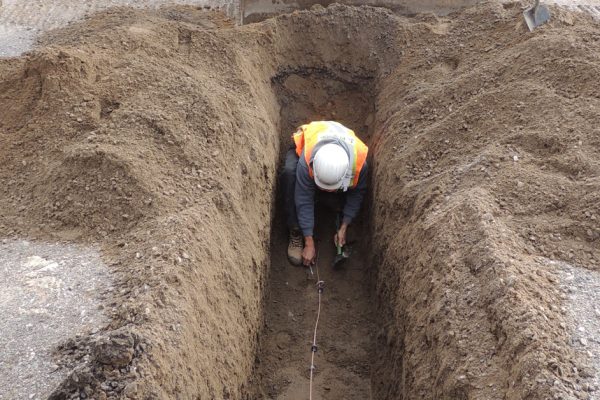- Science and Society
An image produced by INRS student Eve Gosselin has distinguished itself in the 2022 edition of the contest organized by NSERC.

“Under stressful conditions”
The image “Under stressful conditions” is one of the 20 finalists of the Science Exposed contest. This Anglophone segment of Acfas’ La preuve par l’image competition is under the responsibility of the Natural Sciences and Engineering Research Council of Canada (NSERC).
Spotlight on geology
During her master’s degree in Earth Sciences at the Institut national de la recherche scientifique (INRS), under the supervision of Professor Renaud Soucy La Roche, Eve Gosselin is working on the structural characterization of the Saint-François-de-Sales shear zone in Lac-Saint-Jean.
“I am grateful to be able to share with the public a little-known area of Earth science that relates to the mechanisms of rock deformation, right here in Québec!”
Eve Gosselin
You can now vote for your favourite image on the NSERC website.
Congratulations to our finalist for this image of the science being done at INRS!
Description of the image
During the collision of tectonic plates on Earth, rocks deform under stress and move along faults to create mountain belts. Because the temperature is higher, at depth rocks flow like honey instead of breaking.
At a microscopic scale, this is observable by a decrease in crystal size, which can be seen in the 18 mm-thick vertical layer in this image (taken with a polarized light microscope). The fine-grained matrix of this layer was formed during tectonic flow, and local flow perturbations created microfolds while the harder, larger crystals resist deformation and rotate counterclockwise.
The stress conditions pictured here originated from the formation of the Grenville Orogen (in Quebec), a billion-year-old mountain belt that was as large as the Himalayas. Such examples of tectonic flow provide key insights about the evolution of the Grenville Orogen through time.
You may also like

April 23, 2024
INRS at the 91st Acfas Congress
September 16, 2021
A new start-up in the field of geothermal energy
